

The Khajuraho Group of Monuments is a group of Hindu, Buddhist and Jain temples in Madhya Pradesh, India, about 175 kilometres (109 mi) southeast of Jhansi. They are one of the UNESCO World Heritage Sites in India. The temples are famous for their nagara-style architectural symbolism and their erotic sculptures.
Most Khajuraho temples were built between 950 and 1050 by the Chandela Rajput dynasty. Historical records note that the Khajuraho temple site had 85 temples by the 12th century, spread over 20 square kilometers Of these, only about 25 temples have survived, spread over 6 square kilometers. Of the various surviving temples, the Kandariya Mahadeva Temple is decorated with a profusion of sculptures with intricate details, symbolism and expressiveness of ancient Indian art.
The Khajuraho group of temples were built together but were dedicated to two religions, Hinduism and Jainism, suggesting a tradition of acceptance and respect for diverse religious views among Hindus and Jains in the region.
KHAJURAHO HISTORY
The Hindu and Jain temple complex at Khajuraho in central India has become a major tourist site for Indians and International tourist. Built nearly a thousand years ago, but abandoned two centuries later, Khajuraho remained a minor pilgrimage site into the present century. The Khajuraho temples include thousands of sexual relief carvings, much publicized throughout India. Khajuraho temples were built during the Chandela period, a dynasty which survived for five centuries before falling to the onslaught of Islam. The history tells us that in the ancient India, the kings did not sponsor directly the making of rock-cut caves, stupas or temples. None of the stupas have sculptures of the Kings and rulers of those times. But with the arrival of the medieval period, rulers began to patronize personally the making of temples.
The personal attention of the ruler led to the making of the larger temples, especially from the 10th or 11th century onwards, under the Cholas in south India. Similarly changes were seen under the rule of the Chandela in the central India. Chandela dynasty was well established and there was peace and prosperity in 10th and 11th century. Art and culture flourished there as the kings were great patrons of poetry and theatre. The symbol of their cultural achievements was at their capital city of Khajuraho, where between the 10th and 12th centuries, one of the most splendid temple cities in the history of the world was created. There were originally 85 temples were created out of which only 22 are remain today. The first king who started construction in Khajuraho was Harsh who built the 64 Yogini Temples. The most notable prince of this dynasty was King Dhanga whose time is known for building the most beautiful Khajuraho Temples of Parsvanath and Vishwavanath. His grandson Vidyadhara built the Kandariya Mahadev Temple. This was the golden era of central India. Most of the Khajuraho Temples at Khajuraho were constructed between 950 AD and 1050 AD and are either Hindu or Jain.
The Kandariya Mahadev temple built in the early 11th century and dedicated to Shiva. The Lakhmana temple was built in 954 AD by King Dhanga to celebrate independence from the Gurjara Pratihara rulers. The Lakhmana Temple was dedicated to Vishnu. By the time of Chandela, the Indian temples form had fully developed. The objective of the temple was that a devotee comes to it with the aspiration of the self transcendence and to receive the grace of the deity in the garbha griha. The devotees came to the temple to awaken within themselves and to realize the whole creation of the world is the manifestation of the deity in the garbha griha. Some believe that the erotic art suggest the sexual practices. Its noted that only ten percent of the carvings contain errotic themes and rest of the sculptures depict the everyday life of the common persons such as women putting on makeup, playing games, dancing, knotting and unknotting their girdles, and other themes such as musicians, potters, farmers etc. On the temple walls, one can see Siva, Vishnu, Brahma, Indira, Agni and their spouses.
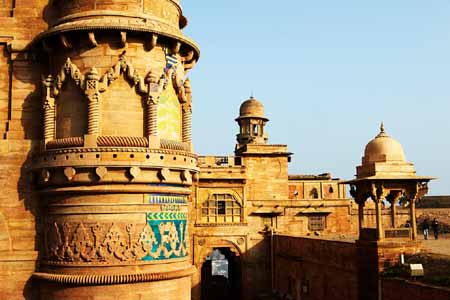
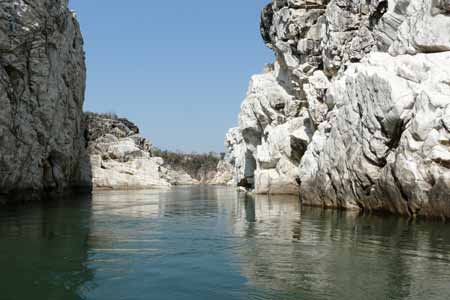
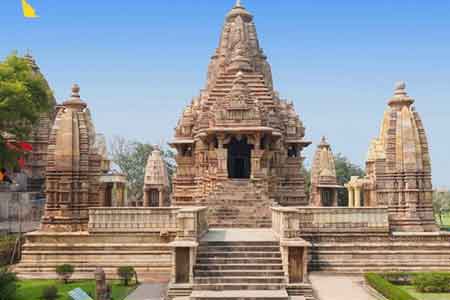
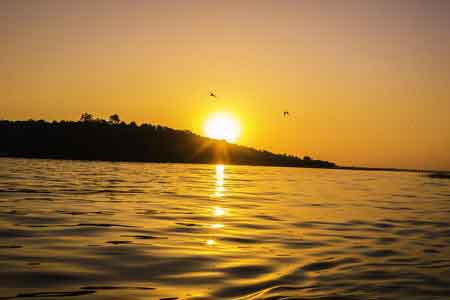
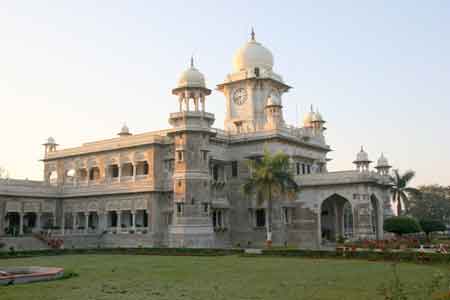
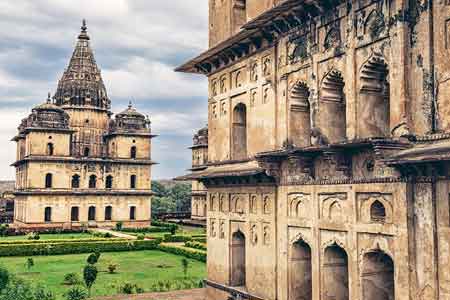
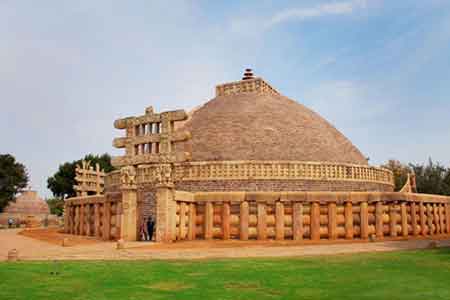
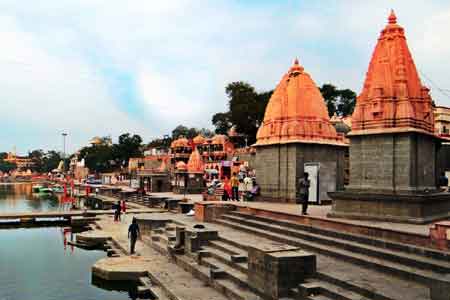
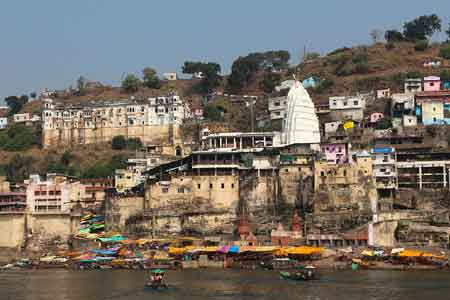
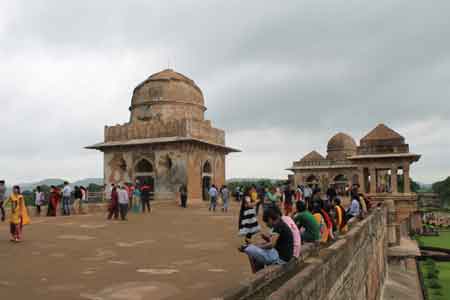
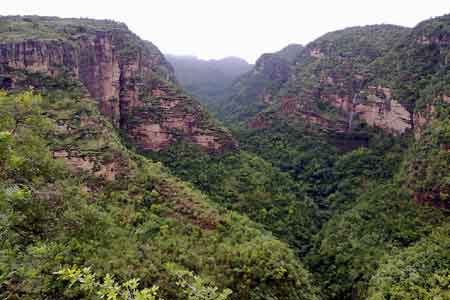
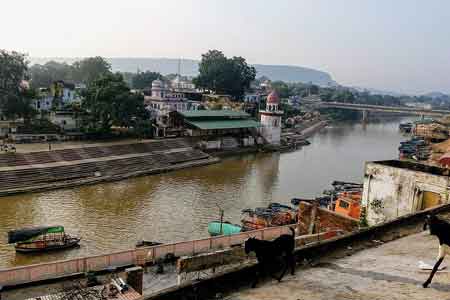
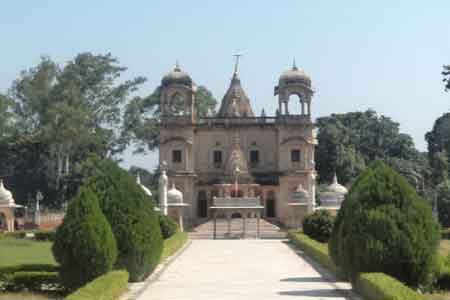
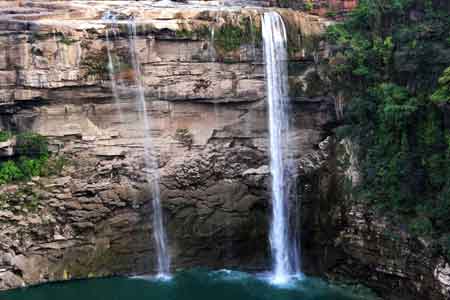
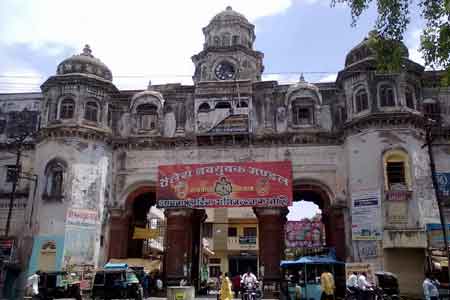
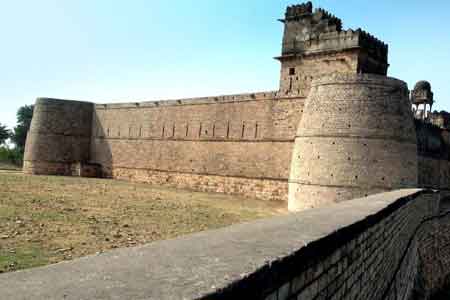
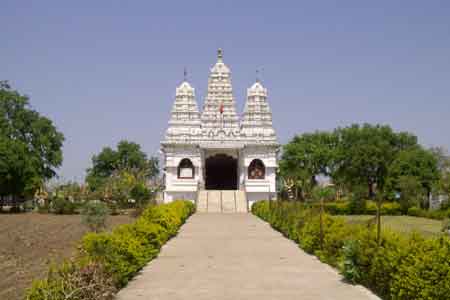
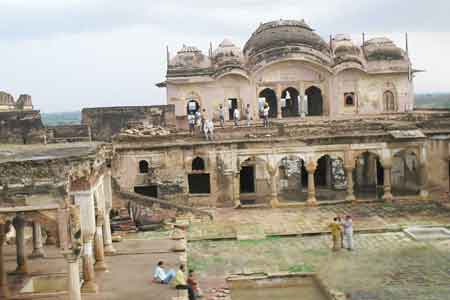
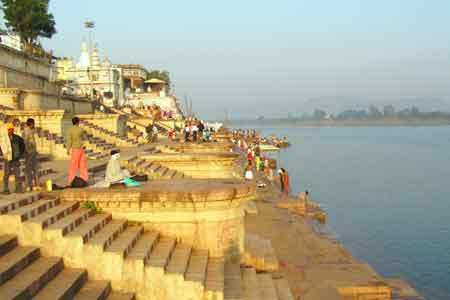
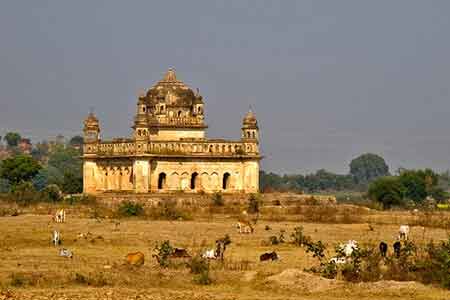
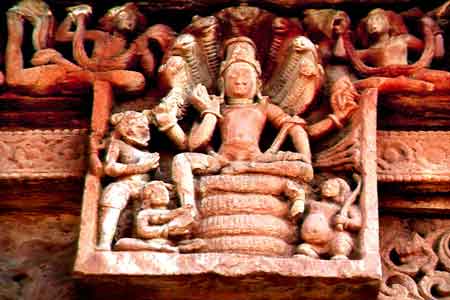


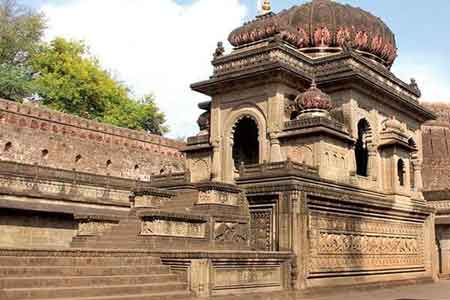
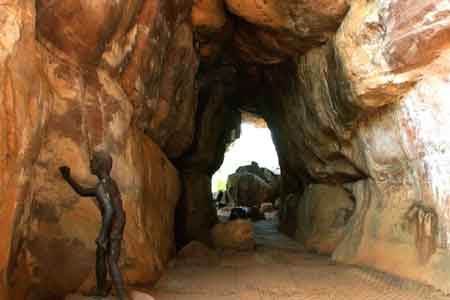

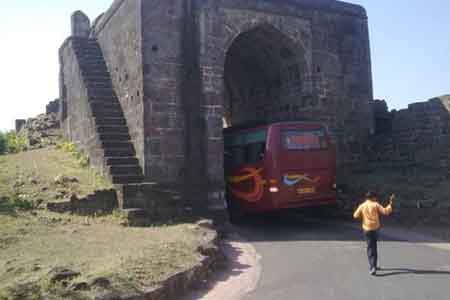
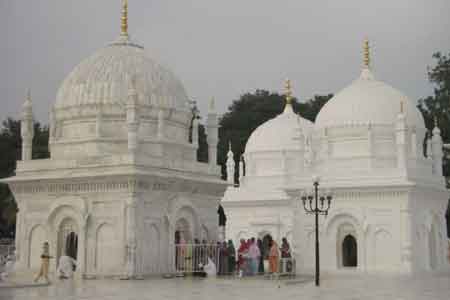
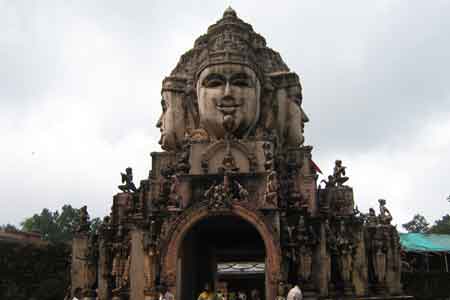
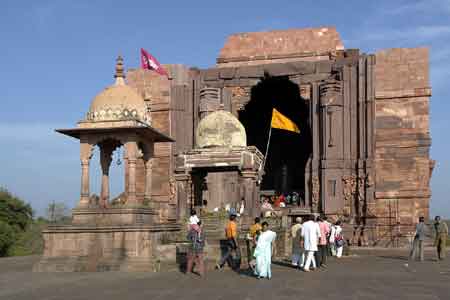
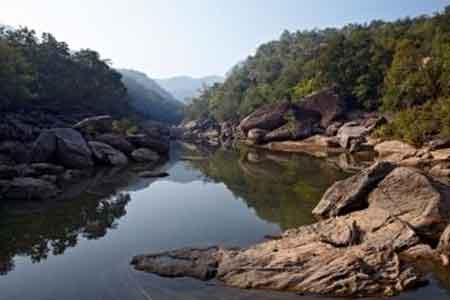
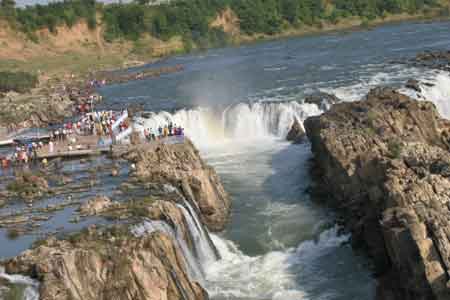
Madhya Tour packages are delightful experiences of the state. The enthralling sights, thrilling wildlife, the delicious gastronomy, the glorious heritage and culture, all create cherished memories of holidays. Customize packages that cover travel plans.